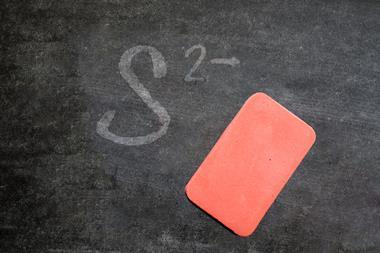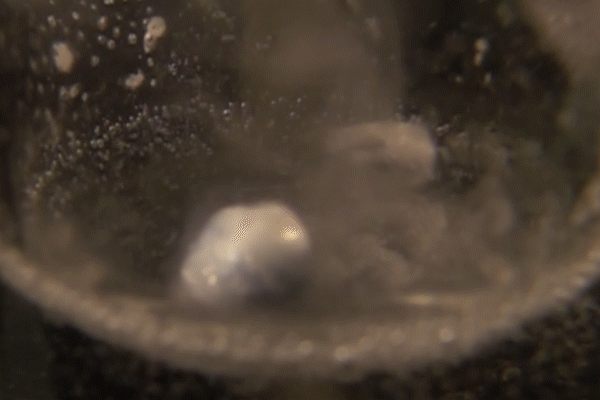Chlorine atoms in the –2 oxidation state, and other high pressure-induced oddities, predicted using new model
Two researchers in Russia have used computational grunt to predict how table salt derivatives defy chemical principles when subject to immense compression. In continuation of previous work investigating the exotic behaviour of sodium chlorides at high pressure, Gabriele Saleh and Artem Oganov at the Moscow Institute of Physics and Technology have presented a theoretical model that can be used to predict the properties and behaviour of alkali subhalides in general. This has led to findings such as new phases of Na3Cl and chloride ions in the –2 oxidation state.

Discontinuity between the properties of ambient- and high-pressure compounds makes predicting how they behave a challenge. ‘High pressure chemistry is unpredictable,’ explains Saleh. ‘Most chemical rules break down at high pressure’. As shown previously, when common table salt (NaCl) is subject to extreme pressure, compounds such as NaCl7 and Na3Cl become more stable and therefore form. This violates our basic understanding of chemical stoichiometry, which ‘forbids’ these compounds.
Using the group’s computational algorithm (USPEX), several A3Y compounds (A = Li, Na, K and Y = F, Cl and Br) were taken and theoretically subjected to pressures of up to 350GPa. Under such conditions, this crowding can lead to new compounds, such as Na4Cl3; some compounds, such as K3Cl and K3Br, display different structures compared to analogous sodium and lithium compounds due to more energetically accessible d-orbitals. Perhaps one of the most unusual observations was chlorine increasing its coordination number from eight to ten. This bizarre and unreported –2 oxidation state is down to the resulting stability of the packing of the atoms versus the energy penalty of burdening chlorine atoms with additional electrons.
Paul McMillan, a solid state chemist at University College London, UK, says that the results ‘go beyond the principles of valency established for over 200 years’. ‘Along with similar predictions made by other researchers including Chris Pickard [University of Cambridge, UK] and Yanming Ma [Jilin University, China] they open up a new vision’ of bonding under pressure. And Julia Contreras-Garcia, a theoretical and high-pressure chemist at the University Pierre and Marie Curie, France, comments that the work demonstrates how ‘common chemical intuition fails, but rather more general rules are confirmed – metallic bonds diminish their dimensionality and high coordinations are favoured in order to decrease the volume.’
The challenge now is to extend these predictions to other materials present throughout the universe, as well as updating rules to account for high-pressure compounds. Oganov takes this challenge in his stride: ‘Breaking classical rules is great fun.’ ‘When I first told experimentalists about our predictions, they thought we were crazy.’ However, extensive testing against their model proved otherwise. ‘Now, they do not doubt a single word!’
References
G Saleh and A R Oganov, Phys. Chem. Chem. Phys., 2016, DOI: 10.1039/c5cp06026e












No comments yet